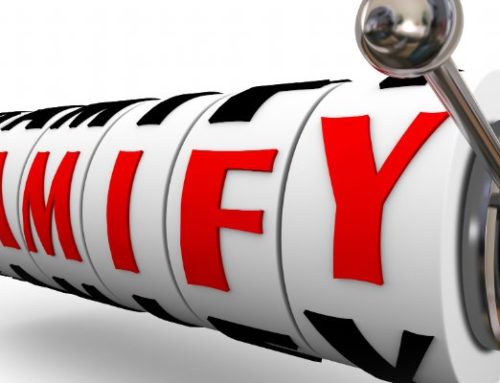If we are able to develop a deep understanding of how buying decisions are made within our key target accounts for the products or services we have to offer we significantly increase Our chances of building a long term, mutually beneficial relationship with our clients.
Decision Influence Group (Dig It?) Do we know who all of the stakeholders are in the decision influence group within our key accounts? Are we able to articulate what is important to each of these individuals? Do we really know what their role is in the procurement process within the account? Do we know what decision making criteria they are using to make their decision and how this is being weighted or force ranked? Do we understand the political landscape within the company? Can we describe their decision making process? If the answer is “no” to any of these questions, then it is likely, when we put forward our proposal that we will be ‘wide of the mark’.
However do not fret, help is at hand. Using Social Selling as part of our disciplined sales process we can develop this understanding of our accounts and opportunities. The decision influence group and decision making process will change from account to account. The stakeholders will be different each time and the more we practice this skill, the easier it will become.
Here are some of the potential players in the decision influence group:
Ultimate Decision Maker (UDM), this is the person who will have the final say on the procurement decision for the product or service.
Influencers (INF) (Technical or Commercial in Nature) there can be any number of ‘influencers’ in the decision making process, we need to make sure we uncover all of them, the strength of influence can also change based on the seniority and expertise of these stakeholders.
Veto Power (Veto) Influencers, this type of stakeholder can sometimes be difficult to find in the organization, they are usually from a group that is indirectly affected by the decisions.
Champions (CH) we always need a champion for our company in the account, it is important to choose our champions wisely and with the political landscape in mind (Rising Stars make good champions).
Once we have ‘mapped’ this decision making structure out, we need to ascertain how these stakeholders feel about us and our company. We also need to interview them to understand what criteria each is using to make their decisions (In order of importance), this way when we develop our solution we can do our best to ensure everyone’s needs and objectives are being met through our proposed solution.

How can Social Media and LinkedIn in particular help us to do this? Admittedly We might need to use one of the ‘Premium Accounts’ from LinkedIn such as the New Sales Navigator, but we can use it to build an organizational structure for our target accounts with advanced search filters. We can then connect with these people and learn much more about them, including potentially how they feel about us, our company and our competition. We can find their interests and connections we have in common, all of this information can be used to help us to build a more detailed and accurate picture of our account, it’s stakeholders and the decision making process as a whole. This information will go a long way to helping us build a long term mutually beneficial relationship with our customers.






